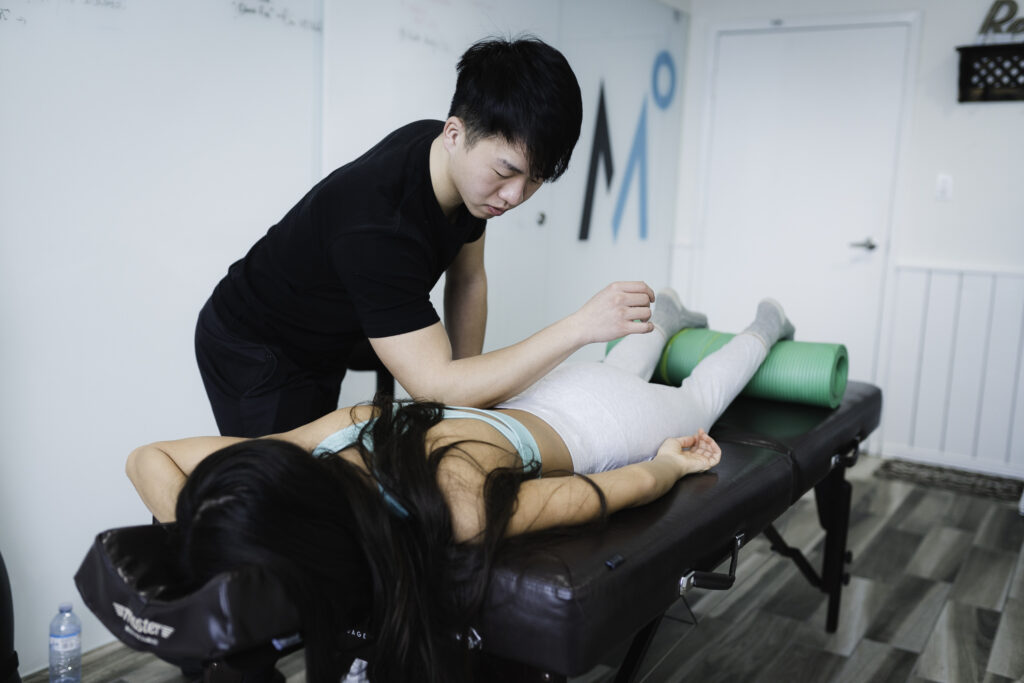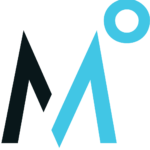Types of Low Back Pain

Low back pain is often a debilitating and frustrating condition that affects people of all ages and backgrounds.
While it can manifest in various forms, understanding the specific types of low back pain is crucial for accurate diagnosis and effective treatment.
In this blog post, we’ll dive into four common types of low back pain: Sciatica, S.I. Joint Pain, QL (Quadratus Lumborum) Pain, and Degenerative Disc Disease (DDD).
1. Sciatica
Sciatica refers to pain and numbness along the sciatic nerve, which is found in your lower back and extends through your hips and glutes, and down each leg. When people experience sciatica, they usually feel it in one side of their body and can range from mild to severe pain.
Sciatica occurs when the nerve roots to the sciatic nerve become pinched or something puts pressure on it. A herniated disc in the spine, bone spurs (overgrowth of bone), or narrowing of the spine (spinal stenosis) can be causes of sciatica. The most common symptoms of sciatica are numbness, tingling, or weakness in the affected side.
Treatment often involves pain management (massage treatments), physiotherapy, and in severe cases, surgery to alleviate pressure on the nerve.
To learn more, read about our blog on how massage helps sciatica.
2. S.I. Joint Pain
Sacroiliitis (S.I.) is a painful condition that affects one or both sacroiliac joints. Sacroiliac joints are found where the lower spine and pelvis meet. The condition is the inflammation or irritation of your sacroiliac joints and can be caused by an injury, pregnancy, and arthritis. Symptoms include a dull ache or sharp, stabbing pain in the lower back or glutes, which may also radiate down the leg.
Treatment can include physiotherapy and chiropractic care in which therapists will thoroughly assess your range of motion in your lower back and treat you as needed.
3. QL Back Pain
The quadratus lumborum (QL) is a deep muscle located on both sides of the spine, extending from the lower ribs to the pelvis. When this muscle is strained or overused, it can cause low back pain. QL pain can also cause pain in the pelvis and hips. It may come as a deep ache or stabbing sensation on one side of the lower back, with some stiffness and limited mobility. Symptoms include soreness, aching pains, and discomfort in trigger points around the QL such as the lower back area or glutes. Poor posture, repetitive movements, and muscular imbalance can cause QL pain.
Treatment includes gentle stretching, massage therapy, and strengthening exercises to improve posture and help strengthen your spine.
4. Degenerative Disc Disease (DDD)
Disc degeneration refers to the bulging of your disc, which can be found in your spine and act like shock absorbers between the bones of the spine and are designed to help the back’s flexibility. Degenerative disc disease can be caused by old age, daily activities and sports which can cause tears in the discs, and injuries which can cause swelling and soreness. Some symptoms of this condition include pain that is worse when sitting, bending, or lifting, and periods of severe pain.
Treatment includes physiotherapy, massage therapy, and pain management. In extreme cases, surgical intervention is involved.
Understanding Back Pain
Low back pain is a complex issue that anyone can experience. By understanding the types of back pain, you can work with your healthcare professional to develop personalized treatment plans. Whether it’s sciatica, S.I. joint pain, QL back pain, or disc degeneration, managing the pain early on and including the right strategies are key to targeting your discomfort and restoring your back.
If you’re experiencing low back symptoms, make sure to consult with your doctor or healthcare professional to see what the best treatment is for you.
